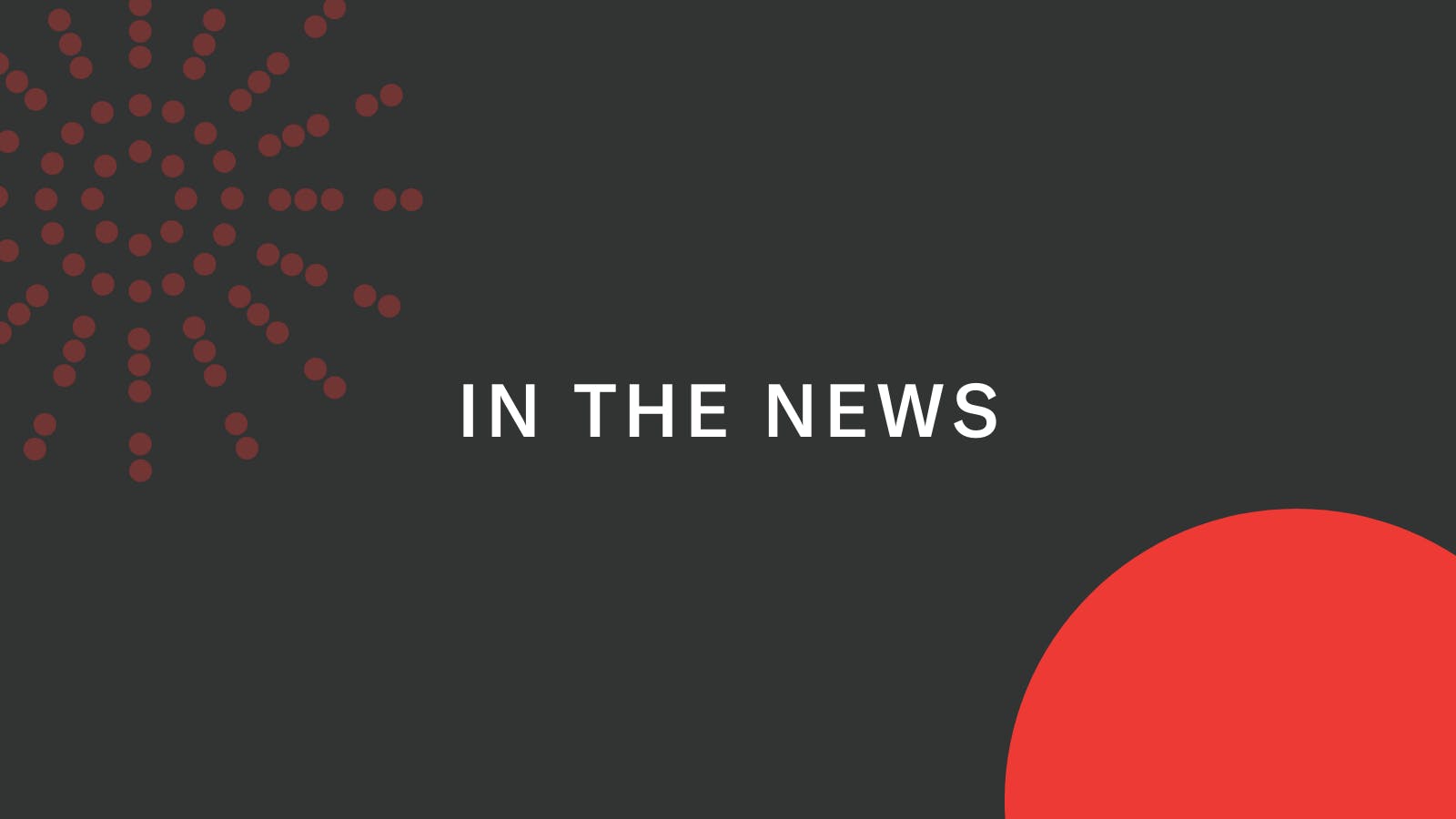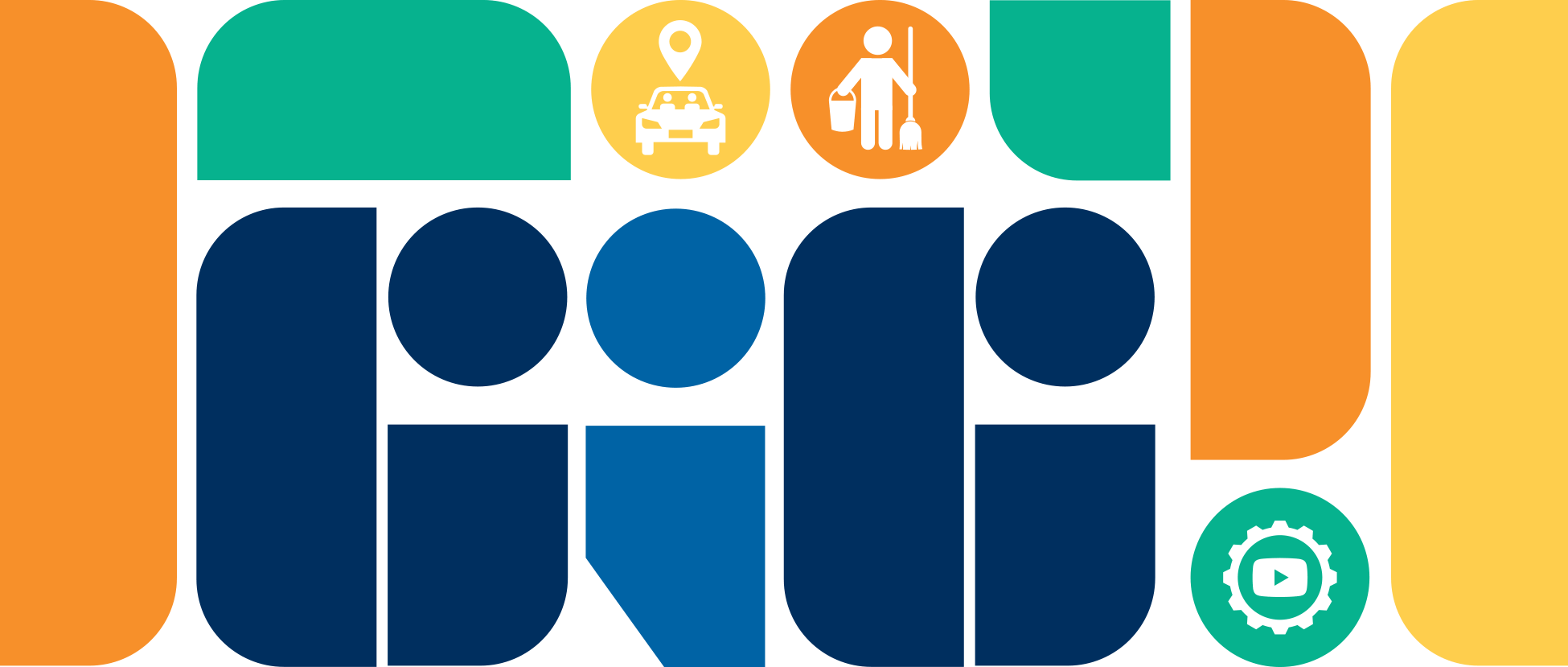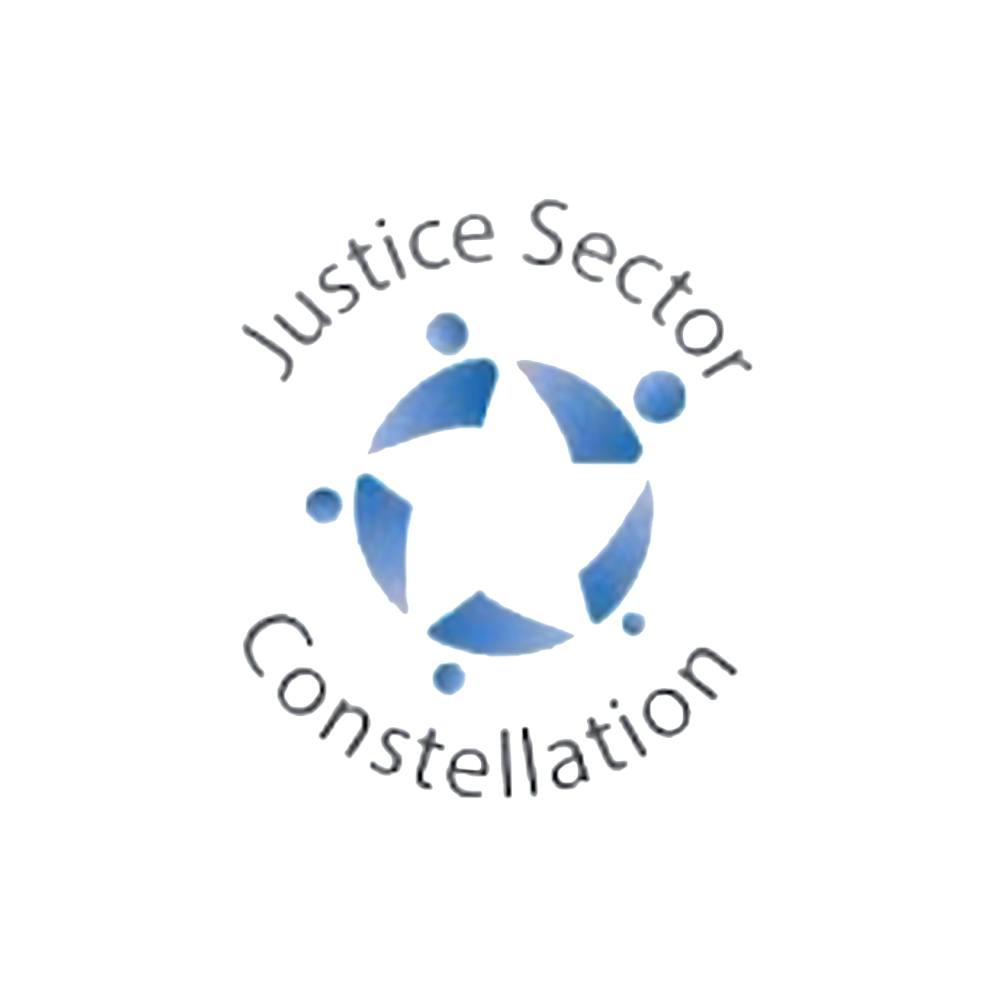- Research commissioned by the Justice Sector Constellation found that of the 417 people surveyed at the Calgary Courts Centre and within community agencies, 70% of respondents had household income below the low-income cut-off (LICO) rate and the “vast majority” of those with transit fines reported low incomes. [3]
- Indigenous youth and adults are overrepresented in the Canadian correctional system. In 2016/2017, Aboriginal adults accounted for 28% of admissions to provincial/territorial correctional services and 27% for federal correctional services, while representing 4% of the Canadian adult population. Aboriginal youth accounted for 46% of admissions to correctional services in 2016/2017, while representing 8% of the Canadian youth population. [4]
Article

Janice Pasay is a Barrister and Solicitor and is a Co-Chair of the Justice Sector Constellation. The Constellation is a Champion of the Enough for All strategy. The mission of the Constellation is to intervene at the intersection of poverty and the law so that everyone facing a legal issue can access the justice sector resources and services they need. Please note, the views expressed are those of the author.
Poverty, like other societal ills, is no respecter of persons. Any of us may experience poverty at some point in our lives, and many of us either have or still do. That said, the unfortunate reality is that poverty is more prevalent among certain groups in Canada, including women, newcomers, racialized people, and Indigenous peoples.[1]
Poverty is generally the result of several factors, many of which are outside of the control of those living in poverty. The Canadian Poverty Institute has developed the Dimensions of Poverty Vulnerability Matrix, which identifies four factors that contribute to poverty: individual attributes, social connection, life stage, and systemic factors like racism and discrimination.[2]
Systemic vulnerability may include policies and regulations such as those that strip assets from people as a condition of receiving social assistance, or policies that do not accept foreign credentials for employment or education. However, systemic vulnerability may also arise from a less obvious source.
To the extent bias and prejudice exists in each of us, it exists in the systems we build and maintain in our society. While the implications of our bias and prejudice in our individual lives may be limited, the implications of bias and prejudice in our systems is, well, systemic, with far-reaching implications.
Although ‘justice’ is typically portrayed as holding up balanced scales while blindfolded, the legal system, for example, has been created and is operated by people like each of us, with our particular biases and prejudices.
Every actor in the legal system – court clerks, justice administrators, police and other enforcement officers, judges, lawyers, prosecutors – is charged with fulfilling their role objectively. In keeping with the traditional image of ‘justice’, this means acting blindfolded, not seeing race or colour or socio-economic status or other individual characteristics that may trigger personal biases and prejudice.
However, if we are honest with ourselves, we know how difficult it can be to live with that kind of objectivity and impartiality. This is particularly true since our biases and prejudice often operate unconsciously rather than overtly.
While the way in which this operates may not be obvious, the implications are clear. The factors that make an individual or family vulnerable to poverty, can also contribute to their vulnerability to legal issues. Conversely, having legal issues can make a person vulnerable to poverty. For example:
So, what is a concerned citizen to do? We could begin by abandoning the myths that only the homeless are poor and that people could get out of poverty if they were just more disciplined or worked harder.
In addition to becoming conscious of our own biases and prejudice, we can educate ourselves on what makes people susceptible to both poverty and legal issues. A good starting point is Poverty and the Law: Expanding Perspectives, which describes who is more likely to live in poverty in Canada, explores the causes and consequences of poverty, outlines specific ways in which poverty and the law intersect, and provides specific actions that you can take to intervene at the intersection of poverty and the legal system.
Systems are us. So, each of us has a part to play in building a society in which there is not only enough for all, but all have enough.
_____________________________________________________________________________________________________
[1] Citizens for Public Justice. (2018). Poverty Trends 2018. Ottawa, Canada: Citizens for Public Justice.
[2] Cook, D. (2017). “Healing the Wounded City”. in The International Handbook of Community Well-being. Phillips, R. and Wong, C. (eds.). Blacksburg, VA: International Society for Quality of Life Studies.
[3] Greene, C., Lucas, K., & Williams, N. (2017) Everything Comes at a Price: An Exploration of the Impact of Bylaw Enforcement Practices in the City of Calgary. The Justice Sector Constellation.
[4] Malakieh, J. (2018). Adult and youth correctional statistics in Canada, 2016/2017. Statistics Canada.
Focus Areas
Attribution
Related Articles
Alberta gig workers push for recognition as unstable incomes, burnout take toll
New research from the Calgary Social Policy Collaborative reveals insights into trends, challenges and solutions for Alberta's gig workers

New research sheds light on Alberta’s gig economy
Calgary Social Policy Collaborative’s new report exposes the pressures facing Alberta’s gig workers and the policy tools that could better support them

Vibrant Communities Calgary addresses Council during budget deliberations
VCC’s advocacy to Calgary City Council on key social issues was covered by the Calgary Herald and Sun, and LiveWire Calgary.

